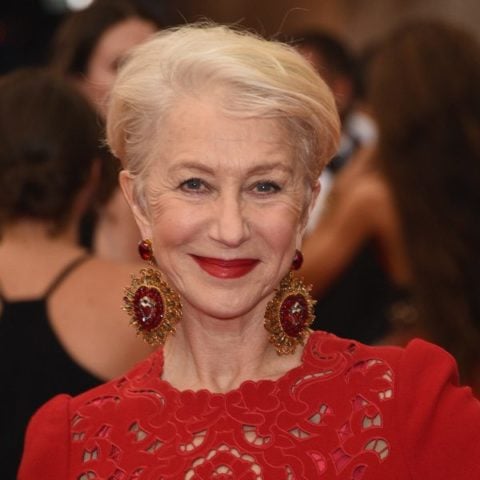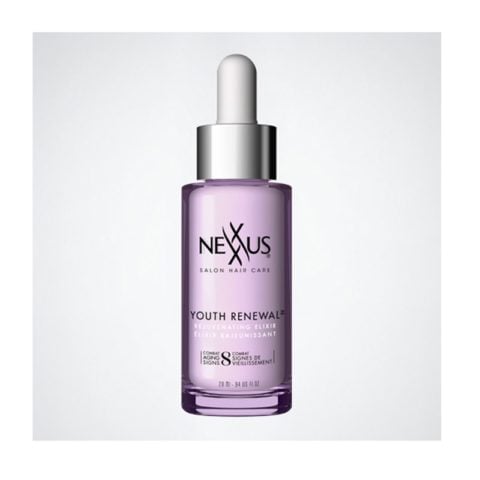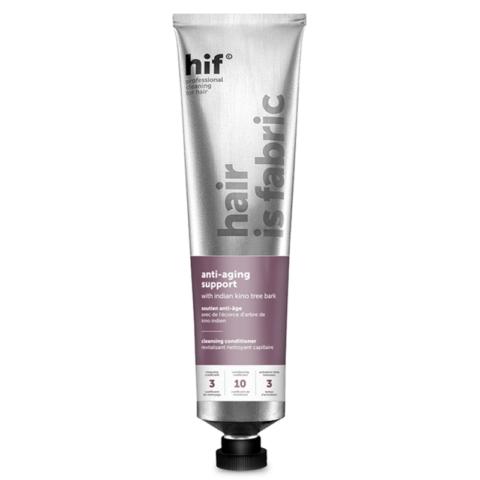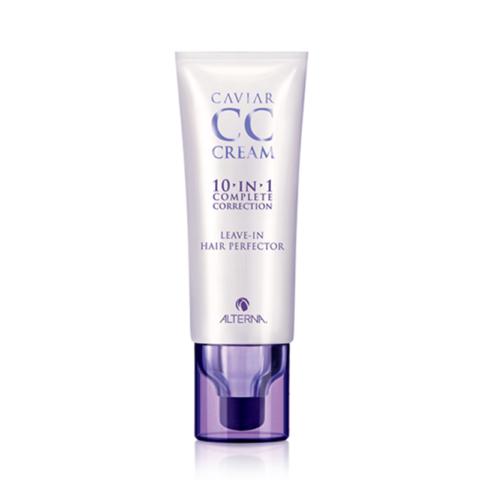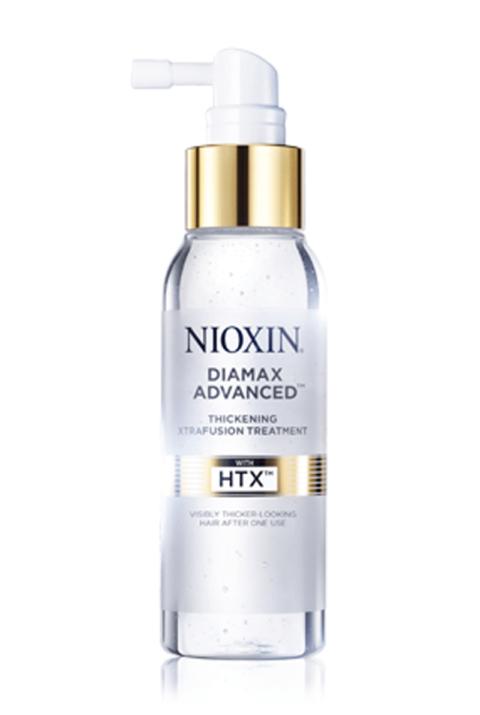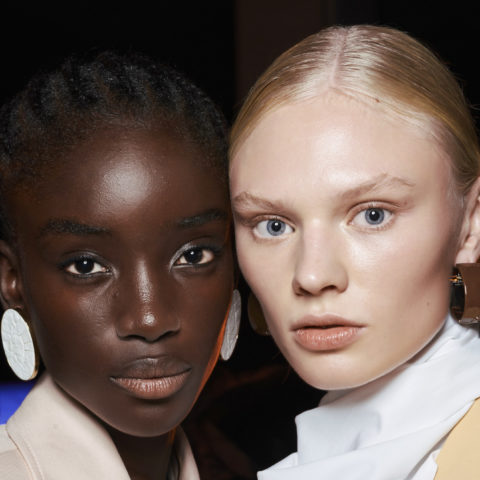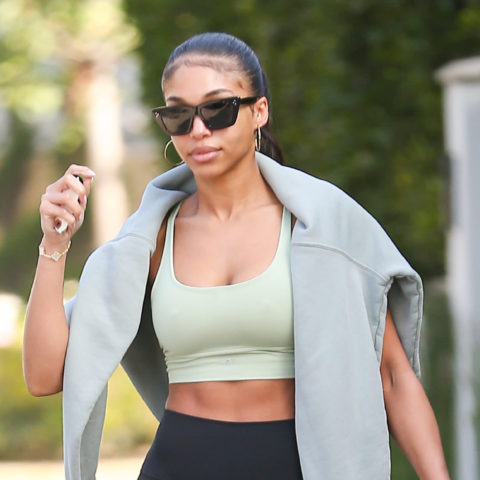Why Older Women Often Opt for Short Hair (and What to Do if You Want to Keep Your Length)
Close your eyes and imagine a woman on the other side of mid-life. Does she have long, flowing locks whipping behind her like Lady Godiva, or does she have a short pixie or a pert bob? Chances are you pictured her with the latter. Whether adopting a stylish crop like Robin Wright’s or an old school “mom cut,” many women choose an abbreviated hairstyle when they reach middle age. This change in length is cultural, seeming to signify a graceful slip into life’s third act.
Having long hair over 50 is a statement made by a certain kind of woman who wants to continue to be seen. That’s why the icons who have kept their length—Debbie Harry, Diane von Furstenberg, Kim Gordon, Grace Coddington, Demi Moore, Andie MacDowell and Sophia Loren—tend to come from the worlds of fashion, film and rock. They are so used to being looked at that being an older woman with a lion’s mane is simply an extension of that persona. But what about the rest of us? Is it possible for the average woman to pull off a lengthy style well into her golden years?
“First and foremost, there is societal pressure,” says Candice Birns, a celebrity stylist who works in Los Angeles, grooming the likes of actress Holly Hunter, who has chosen to keep her hair long despite being 57. “I get a lot of women who have thick, luxurious hair, but once they hit 40, they start thinking they need to look like Anna Wintour.”
The cultural pressure that Birns describes is a real phenomenon: After a certain age, women often want to hide, rather than peacock, through the world, and the shorter style is part of that. Michael Shaun Corby, global creative director for Alterna Haircare, says that even though women are more independent than ever in 2015, there is still a lot of peer pressure among middle-aged women to go short. “I see a lot of clients who are done raising the kids and they realize that all their friends are cutting their hair off for practical reasons. They can just toss on a hat and go out to the garden or travel easily. They are ready to quit fussing with it.”
Though bohemian plaits sweeping down one’s back exude a carefree vibe, long hair requires more and more care as a woman ages. As Corby notes, hair loses enzymes year over year and cannot regenerate the same healthy texture that a woman may have had in her 20s and 30s. “Women experience two kinds of aging of the hair: Intrinsic and extrinsic,” explains Dr. Rolanda Wilkerson, PhD, senior manager of scientific communications for P&G Beauty. “And both really start to show around middle age.”
Intrinsic aging, Wilkerson notes, includes decreasing diameter, density, melanin and lipid production, and that means that one’s hair is naturally thinner, less shiny, less pigmented and less springy as the years pass. Extrinsic aging—the environmental factors of “mechanical, thermal, chemical and environmental stresses” (a.k.a. living in a polluted place, or colouring)—can also lead to a limp, dull look. Instead of putting in the hard work to revive and maintain a long look, many women simply opt for a bob or a pixie cut in order to regain the illusion of a healthy scalp. “If you want your hair to look its best and you weren’t blessed with naturally lustrous body, I say cut it off!” says Birns.
The inevitable changes our faces go through as we get older (no amount of La Mer can halt every wrinkle) is another reason why cropped cuts have remained popular ever since our grandmothers began setting their rollers at night. “A bob, cut artfully right at the jawline, can hide a lot of the wrinkles and droop in that region,” says Diane Stevens, who cuts hair in Washington, D.C., and is a design artist for Nioxin. “Also, women’s faces thin out and lose collagen, and long hair can continue that sense of thinness, whereas cutting hair short highlights the bone structure and softens harsh angles.”
Yet despite the fact that a short cut can make a woman appear younger, some women still choose to keep their manes. There is something ultra-feminine and powerful about length, and lately many women are choosing to embrace it. Beauty oil guru Linda Rodin—who is 67 and still sports long silver braids (and looks incredible doing so)—is one such example. “I will never cut my hair. It’s just so much more romantic to have it long,” she says. “It hasn’t thinned a great deal, but I think wearing it pulled back or worn up looks better on my face than that pixie that many older women have. My hair is my glory and I’m keeping it.”
Many of Birns’s stylish clients in Los Angeles are going that route and even letting their hair go natural in terms of grey. “I’ve seen women in their late 70s with the most stunning heads of hair—pure white, or salt and pepper—and they look intensely beautiful. I think women are realizing that they don’t have to wear their hair for men anymore. They wear it for themselves.”
As this generation of women grows up—living with independent spirits and feminism for their whole lives—perhaps long hair after 50 will no longer only be the territory of the fashion crowd or hippies. Now, it’s a statement about maintaining femininity, despite all odds. And there are new products—Alterna Haircare’s Caviar CC Cream, AgeBeautiful’s Permanent Liqui-Crème Anti-Aging Haircolor and even a new formulation of Rogaine for women, which was just approved by the FDA in 2014—that can help women make the transition without losing their lustre.
“I always say there are three types of aging women,” says Corby. “The ones who cut their hair off out of fatigue—the ‘get this stuff off my head’ types. Then there are the ones who do it because of facial sag, who want to go short to enhance their best features. And then there are those women who fight it all the way, who stay long forever. And there is a wisdom to those women. As long as you don’t let it drag you down, it can be incredibly glamorous.”

